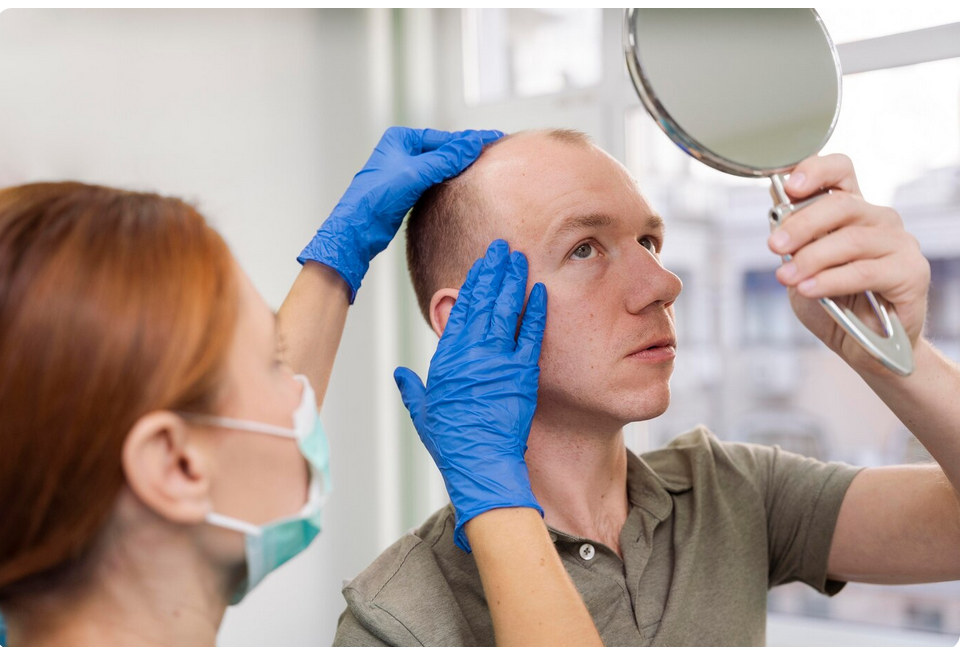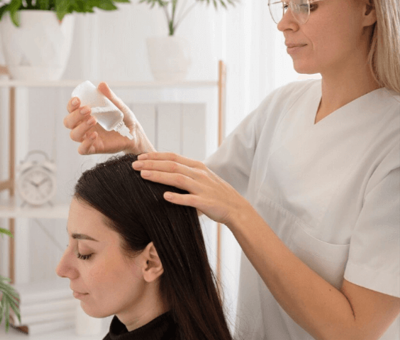Melasma is a common skin condition that typically affects women, especially during pregnancy or due to hormonal changes. But what many people don’t realize is that melasma also affects men, particularly in Asian countries like Korea, where increased sun exposure and high melanin content in the skin can make this condition more noticeable and difficult to treat.
In this guide, we’ll explore the unique causes of melasma in men, how it presents differently from women, and the cutting-edge treatment options offered by Korean dermatology clinics.
🔍 What Is Melasma?
Melasma is a chronic skin disorder that causes brown or grayish patches of hyperpigmentation, usually on the:
- Cheeks
- Forehead
- Nose bridge
- Jawline
- Upper lip
Melasma can be epidermal (in the outer layer), dermal (deeper layer), or mixed-type. Although women make up the majority of cases, around 10–20% of melasma patients are men, according to dermatological studies in East Asia.
👨⚕️ Why Do Men Get Melasma?
Though hormonal changes are a leading cause in women, melasma in men is typically influenced by external and lifestyle factors. Let’s break them down:
1. ☀️ Sun Exposure
- The primary trigger for melasma in men.
- Ultraviolet (UVA/UVB) rays stimulate melanocytes, the skin cells that produce pigment.
- Many men, especially those with outdoor jobs (construction, delivery, farming), are exposed to sunlight for long periods without sunscreen.
2. 🌡️ Heat and Infrared Radiation
- Heat from the sun, cooking, or machinery increases inflammation and pigment production.
- In Korea, where saunas and hot spas are popular, excess heat can exacerbate melasma.
3. 🧴 Skin Irritation from Shaving Products
- Daily shaving can irritate and inflame the skin, especially in the jawline and beard area—common melasma zones.
- Alcohol-based aftershaves and poor skincare routines can worsen pigmentation.
4. 💊 Medications
- Some medications like antibiotics, anti-seizure drugs, and photosensitizing drugs can trigger or worsen melasma.
- In rare cases, hormonal imbalances or thyroid issues in men may also contribute.
5. 🧬 Genetics and Skin Type
- Men with Fitzpatrick skin types III–V (common in Korean and Southeast Asian populations) are at higher risk.
- If melasma runs in the family, the chances increase.
🧪 Diagnosis in Korean Clinics
Korean dermatologists begin by conducting:
- Skin analysis using VISIA scans, Wood’s lamp, or dermoscopy to assess pigment depth.
- Medical history review, including sun habits, skincare routine, job type, and medications.
- Blood tests to rule out hormone imbalances or thyroid issues (if necessary).
🇰🇷 Top Melasma Treatment Options for Men in Korea
Korean dermatology clinics offer an integrated approach—medical, procedural, and cosmetic—tailored to male patients.
🌀 1. Laser Treatments
Korean clinics use gentle, low-downtime lasers that are well-suited for male skin:
🔸 Q-switched Nd:YAG Laser
- Effective for epidermal and mixed melasma
- Targets melanin without damaging surrounding skin
- Minimal downtime
- Recommended every 1–2 weeks for 5–10 sessions
🔸 Pico Laser (PicoSure, PicoPlus)
- Shorter pulses = more precise pigment fragmentation
- Suitable for men who want faster results with less irritation
- Requires fewer sessions than traditional lasers
🔸 Toning Laser Treatments
- Repeated low-fluence laser sessions help gradually lighten pigment
- Preferred by men who want subtle, progressive improvement
💊 2. Oral and Topical Medication
🔹 Tranexamic Acid (TXA)
- One of the most prescribed oral medications in Korea
- Suppresses melanin production and vascular activity
- Safe for short-term use (after risk assessment for blood clots)
🔹 Topical Creams
- Niacinamide: Brightens skin and reduces inflammation
- Hydroquinone (short-term use): Inhibits melanin production
- Azelaic acid, Kojic acid, and Arbutin: Gentle brighteners
- Vitamin C (L-AA or SAP): Antioxidant and skin tone evening
Korean dermatologists often combine topicals with laser therapy for faster and longer-lasting results.
💉 3. Skin Boosters & Mesotherapy
Many Korean clinics offer microinjections of active ingredients like:
- Tranexamic acid
- Glutathione
- Peptides
- Vitamin C
These are injected directly into melasma patches to speed up fading and improve skin quality.
🧴 4. Professional Skincare Routine for Men
Unlike women, many men neglect skincare, which contributes to recurrence. Clinics provide simple, effective routines:
| Step | Product Type | Purpose |
|---|---|---|
| 1 | Gentle foam cleanser | Remove dirt and oil without drying |
| 2 | Toner with niacinamide | Reduce redness and oil production |
| 3 | Serum (Vitamin C or TXA) | Brighten and fade pigment |
| 4 | Moisturizer with ceramides | Restore skin barrier after shaving |
| 5 | Sunscreen SPF 50+ | Essential to prevent recurrence |
Korean clinics often recommend brands like:
- Dr. G
- Round Lab
- Isntree
- AHC Homme (for men)
⏱ How Long Until Men See Results?
| Duration | What to Expect |
|---|---|
| 2–4 weeks | Early pigment softening, reduced redness |
| 5–8 weeks | Skin tone begins to even out |
| 3–4 months | Visible fading of pigmentation |
| 6 months+ | Long-term stabilization and clarity |
Consistency is key. Skipping sunscreen or discontinuing treatment early can cause recurrence.
❗ Common Mistakes Men Make
- Not using sunscreen daily
- Applying aftershave with alcohol
- Delaying treatment thinking it will go away naturally
- Using whitening creams without medical advice
- Inconsistent follow-ups at the clinic
🧔 What Korean Dermatologists Say About Melasma in Men
🗣 Dr. Lee Soo-Hyun, Gangnam Skin Clinic
“We’ve seen a steady rise in male melasma patients. They usually seek treatment later than women, so the pigment tends to be deeper. Fortunately, with modern toning lasers and TXA, we can achieve 70–80% improvement within a few months.”
🗣 Dr. Kim Min-Woo, Seoul Men’s Dermatology
“Men need simple skincare routines. We focus on laser toning, safe oral medication, and minimal-step skincare for compliance and results.”
✅ Summary: Melasma in Men – A Growing But Treatable Concern
Melasma in men is underdiagnosed but increasingly common, especially in countries like Korea where sun exposure, pollution, and heat are prevalent. The good news is that Korean dermatology clinics offer proven, low-downtime solutions that deliver real results.
By combining lasers, oral medication, mesotherapy, and proper skincare, men can significantly reduce melasma and regain confidence in their appearance.




